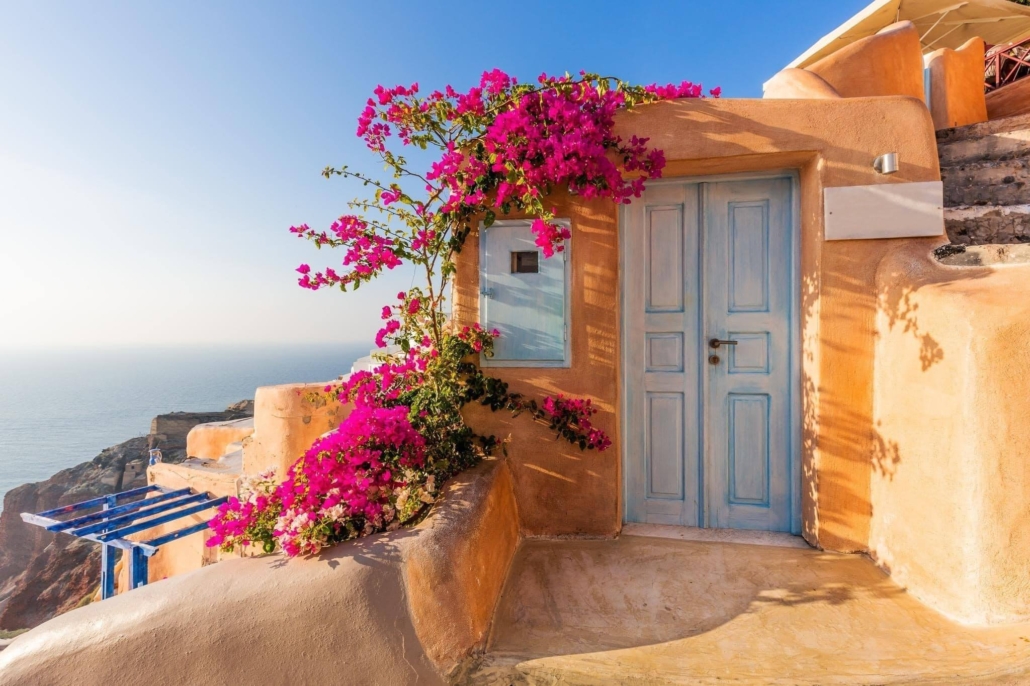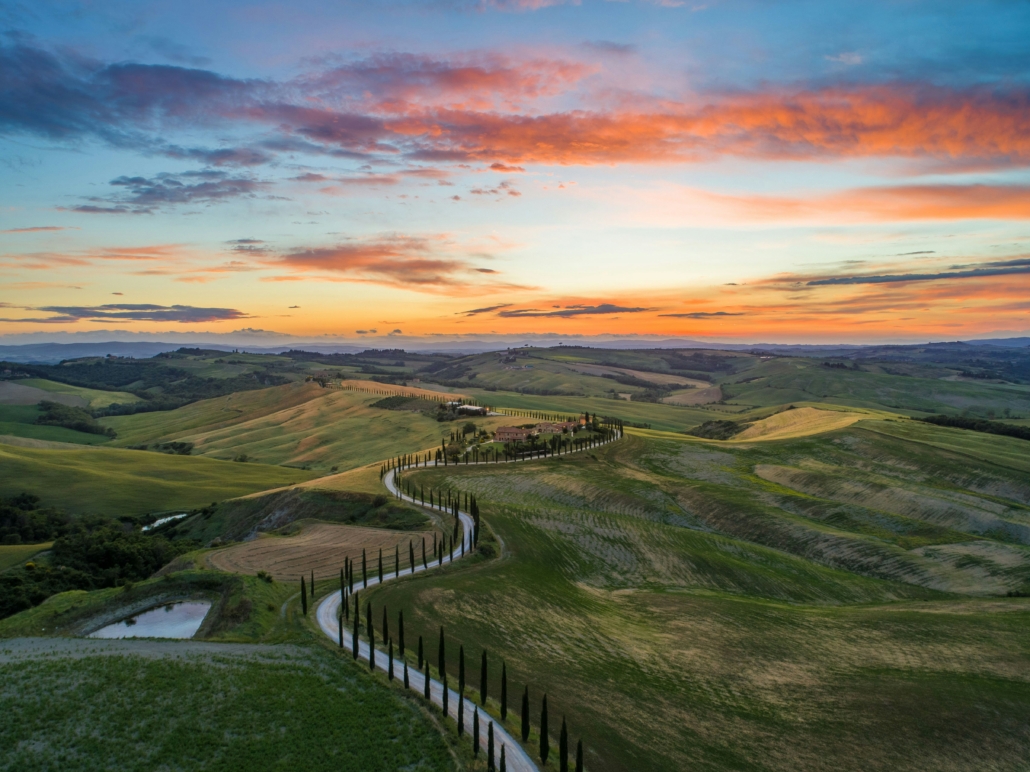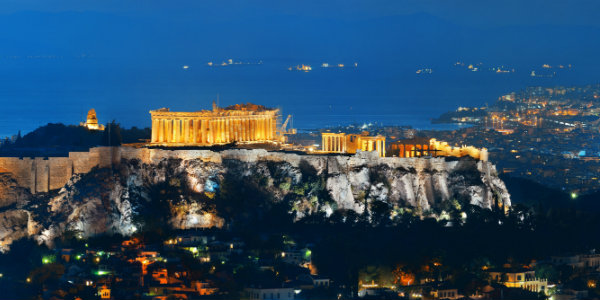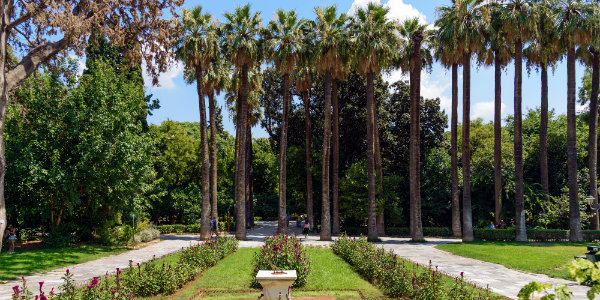Luxury travel continues to evolve beyond mere opulence. Today’s affluent travelers seek authentic experiences alongside exceptional comfort and service—a delicate balance of immersion and indulgence. As a travel agent who regularly visits these destinations myself, I’ve observed emerging patterns that will define luxury travel in Summer 2025. The most discerning travelers are already securing their arrangements for next summer, ensuring access to the most coveted accommodations and experiences before they’re fully booked.
Trend 1: Under-the-Radar European Destinations
While iconic destinations like Santorini and Mykonos remain perennially popular, savvy travelers are increasingly drawn to Greece’s less-discovered gems.
Paros is quickly becoming the connoisseur’s choice, with its stylish capital, swanky resorts, and remote villages, offering the perfect undiscovered getaway. With spectacular beaches, crystal-clear waters, and breathtaking landscapes, it won’t be long before “this island you never heard of tops everyone’s bucket list.” The island features Byzantine footpaths connecting traditional villages, white cubic houses, and the famous Orthodox church of “100 gates”—all complemented by some of Greece’s finest dining.
Neighboring Naxos, another “favorite undiscovered island,” charms with traditional villages where locals still live off the land and weave clothing on old-fashioned looms. Visitors can explore ancient monasteries, Venetian castles, centuries-old olive groves, and white-washed houses on marble-paved alleyways. The island’s fresh-caught seafood, goat cheese, and home-grown produce make it a culinary destination in its own right.
In Portugal (one of my favorite countries in Europe), travelers are venturing beyond Lisbon and Porto to discover hidden treasures. Braga, often called the “Rome of Portugal,” captivates with its religious architecture and vibrant cultural scene. Évora, a UNESCO World Heritage site, offers well-preserved medieval architecture and fascinating Roman ruins. Wine enthusiasts are flocking to the Douro Valley, with its stunning terraced vineyards along the river, charming towns like Pinhão, and exceptional wine tasting experiences.
For those seeking an elegant alternative to Paris, France’s Loire Valley provides the perfect escape just 1-2 hours from the capital. This “Garden of France” boasts a fairy-tale collection of Renaissance châteaux set along France’s longest river. Visitors can explore magnificent structures like the Château de Chambord, with its distinctive French Renaissance architecture, the elegant Château de Chenonceau, which spans the River Cher, and the stately Château d’Amboise, located near Leonardo da Vinci’s tomb. Beyond architectural splendors, the region is renowned for its exceptional wines, particularly crisp whites and sparkling crémants. Charming medieval towns and peaceful riverside cycling paths offer authentic French experiences.
Trend 2: Multi-Destination Itineraries with Depth
The era of whirlwind tours trying to “see it all” is giving way to more thoughtful travel. Luxury travelers are now choosing to spend more time in fewer places, diving deeper into each destination’s culture and rhythms.
Rather than racing through Rome, Florence, Venice, and Milan in a single trip, discerning travelers might spend a week divided between Florence and the Tuscan countryside. This allows time to not only appreciate Florence’s magnificent Duomo cathedral and artistic treasures like Michelangelo’s David and Botticelli’s Birth of Venus but also to venture into authentic neighborhoods like Oltrarno with its artisan workshops. From this base, travelers can take day trips to iconic sites like the Leaning Tower of Pisa or the stunning coastal villages of Cinque Terre, returning each evening to savor a true Florentine aperitivo in a historic piazza, accompanied by local Chianti wine.
Similarly, Greece enthusiasts are replacing the traditional Athens-Mykonos-Santorini-Crete marathon with more focused experiences. A thoughtful itinerary might combine Athens’ ancient wonders with just one or two carefully selected islands. Pairing Athens with Rhodes, for example, allows travelers to experience both the Acropolis and Europe’s largest medieval town within a single trip, with enough time to absorb each destination truly.
One of my specialties is creating these bespoke itineraries that move beyond surface-level tourism. By arranging private guided experiences, reservations at local-favorite restaurants, and unique accommodations that reflect each destination’s character, I ensure you don’t just visit a place—you truly experience it.
Trend 3: Luxury Family Travel Experiences
Multi-generational travel continues to grow, but with an increasingly sophisticated approach. Families are seeking destinations and experiences that offer something meaningful for every age group while maintaining the highest standards of comfort and service.
Oahu stands out as an ideal destination for luxury family travel, striking a balance between educational opportunities and recreation. Grandparents can share the historical significance of Pearl Harbor with younger generations. At the same time, the entire family enjoys world-class beaches, shopping, and the excitement of the North Shore’s renowned surfing spots. With options ranging from the vibrant energy of Waikiki to the more relaxed atmosphere of Ko’Olina, families can choose accommodations that suit their specific needs.
Italy continues to excel as a multi-generational destination, offering a perfect blend of culture, history, and culinary experiences. Rome captivates visitors of all ages with its “unparalleled blend of history, art, and modern Italian life.” From the mighty Colosseum to the charming cobblestone streets of Trastevere, each family member can find something to love, whether it’s world-class gelato, ancient ruins, or high-end shopping.
For extended families seeking both togetherness and privacy, luxury villa rentals in Portugal or Greece offer an ideal solution. These properties provide spacious common areas for family gatherings alongside private retreats for quiet moments. Many include staff who can prepare local specialties using regional ingredients, offering authentic culinary experiences without leaving home. Whether overlooking the Douro Valley’s vineyards or perched on a Greek hillside with sea views, these accommodations become not just a place to stay but a central part of the travel experience itself.
As someone who specializes in family and multi-generational travel, I take particular care in matching each family with destinations and accommodations that will create lasting, meaningful connections and memories.
Looking Ahead to Summer 2025
Whether you’re drawn to the under-the-radar charm of Paros and Naxos, the immersive exploration of Florence and Tuscany, or the perfect multi-generational retreat in Italy or Hawaii, now is the time to secure your arrangements. Contact me today to begin planning your Summer 2025 luxury experience. Together, we’ll create a journey that reflects not just where you want to go, but how you want to feel when you’re there.
Want to be the first to know about emerging luxury destinations, special offers, and expert travel tips? Join my monthly newsletter for insider knowledge that will elevate your travel experiences!













